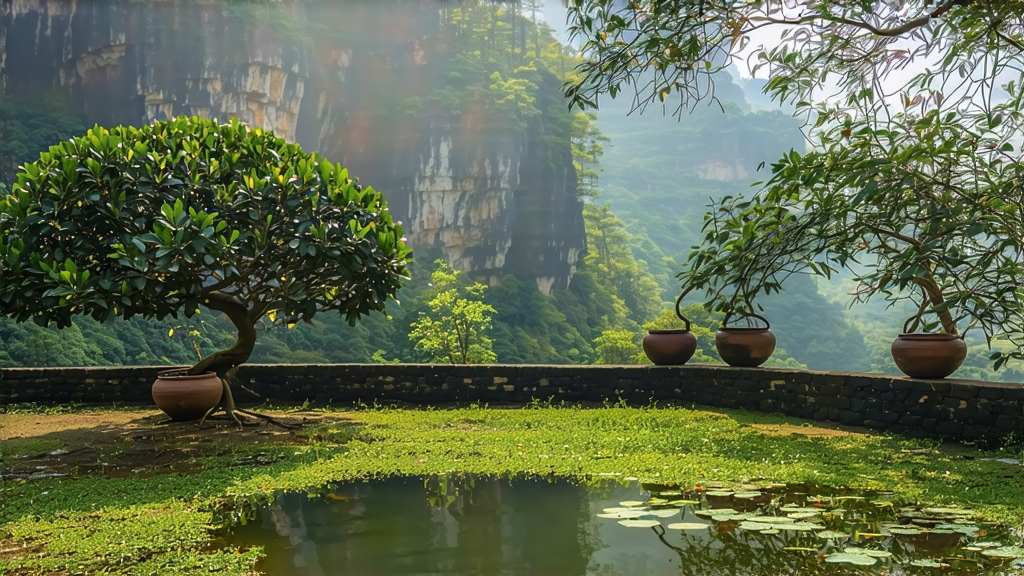
High in the Wuyi Mountains of northern Fujian, where the Nine-Bend River loops like a jade ribbon around sheer granite cliffs, a single oolong cultivar has been quietly shaping Chinese tea consciousness for more than three centuries. Locals call it Shui Xian—“Narcissus” in English—because the lingering floral bouquet is said to mirror the scent of the narcissus flowers that once flourished in the mountain’s shaded ravines. To international drinkers the name may sound poetic yet obscure, yet Shui Xian is the work-horse of Wuyi rock teas (yancha) and the gateway through which countless aficionados first encounter the elusive “rock rhyme” (yanyun) that defines the region’s oolongs.
Historical Roots: From Monastic Cutting to Global Cup
The earliest written record of Shui Xian appears in a 1710 county gazette that lists “Shui Xian variety” among tribute teas sent to the Kangxi Emperor. Oral history pushes the date back further, to a wandering monk who, legend claims, took cuttings from an ancient tea tree growing beside a narcissus-covered spring near the Jiu Long Ke (“Nine Dragon Cave”). He transplanted the slips onto the narrow ledges of Hui Yuan Yan (“Rock of Returning Karma”), where the roots had to bore into fissures for sustenance. The stress of cliff life concentrated aromatic oils, and the monk’s charcoal-drying technique—borrowed from nearby bamboo-shoot processors—accidentally created the first lightly smoked, mineral-laden Shui Xian. By the late 19th century the cultivar had migrated down-slope to the village of Dàhóngpáo, where farmers cross-pollinated it with Qi Dan and Bei Dou to stabilize leaf size and drought resistance. Today every serious Shui Xian garden still grafts from mother trees traced to those original Hui Yuan Yan cuttings, preserving what connoisseurs reverently term “cliff bone.”
Terroir: Why Rocks Matter More Than Altitude
Unlike high-mountain Taiwanese oolongs that chase elevation for brightness, Shui Xian seeks geological drama. The Wuyi range is a 550-million-year-old uplift of volcanic tuff and quartz conglomerate. Day-night temperature swings of 15 °C fracture the bedrock, creating microscopic pores that store daytime heat and release it after sunset. The roots of Shui Xian trees—many exceeding 60 years of age—thread these pores, absorbing calcium, potassium, and rare earth elements that translate into a palpable stony finish on the palate. Frequent mist lowers direct sunlight to 4–5 hours per day, forcing the leaves to manufacture more amino acids and volatile jasmine-lactones. The result is a liquor that tastes simultaneously of wet slate, white peach, and night-blooming narcissus, a combination impossible to replicate even in neighboring counties where the same cultivar is grown on richer alluvial soil.
Craft: The Eighteen-Hour Ballet of Fire and Oxidation
Shui Xian is plucked in late April, when the third and fourth leaves have unfurled to the width of an old Chinese coin. Only mature leaves contain the lignin needed to withstand the intensive roasting that follows. After a brief solar withering, the leaves are shaken in 2-meter-long bamboo drums every hour from dusk to dawn; the bruising edges oxidize while the veins remain green, creating the signature “green leaf with red border.” Oxidation is arrested at 30 %—lower than Anxi Tie Guan Yin but higher than Taiwanese Dong Ding—by a 280 °C tumble in electric woks. The critical step is the three-stage charcoal roast. First, the half-dry leaves are loaded onto gauze trays slid into a brick kiln fueled by locally harvested lychee wood. The initial 90 °C bake drives residual moisture to the surface; the temperature is then dropped to 75 °C for eight hours while master roasters periodically roll the leaves by hand to homogenize heat. A final 60 °C “foot fire” lasts until dawn, caramelizing sugars and fixing the amber color. A top-grade Shui Xian may undergo this cycle two or even three additional times over the next six months, each round separated by at least 45 days of resting so that the inner moisture can migrate outward. The finished leaf smells of toasted almond and burnt honey, yet when brewed it releases a clear apricot-orange liquor that rings like a bell against